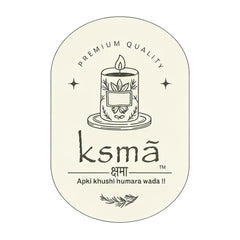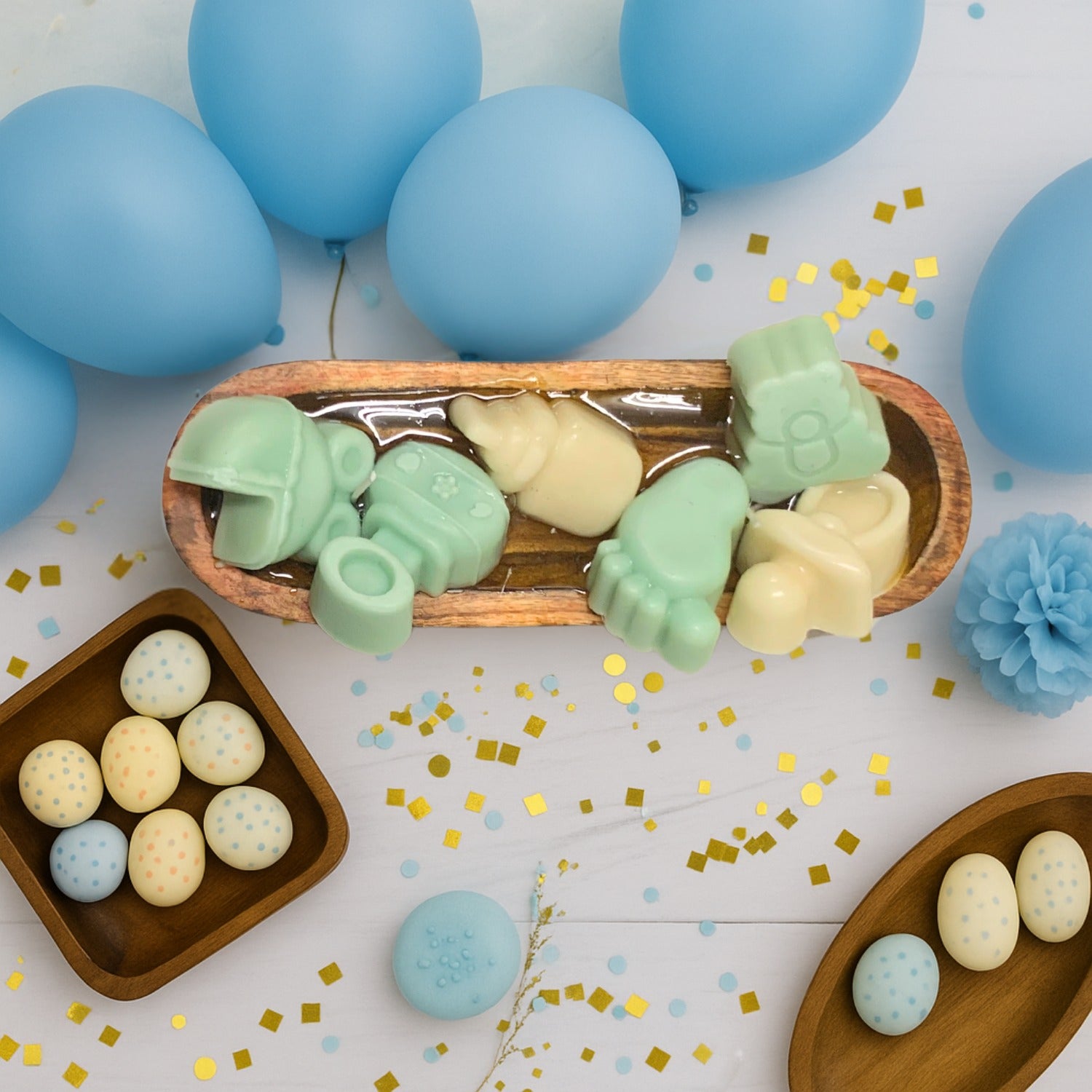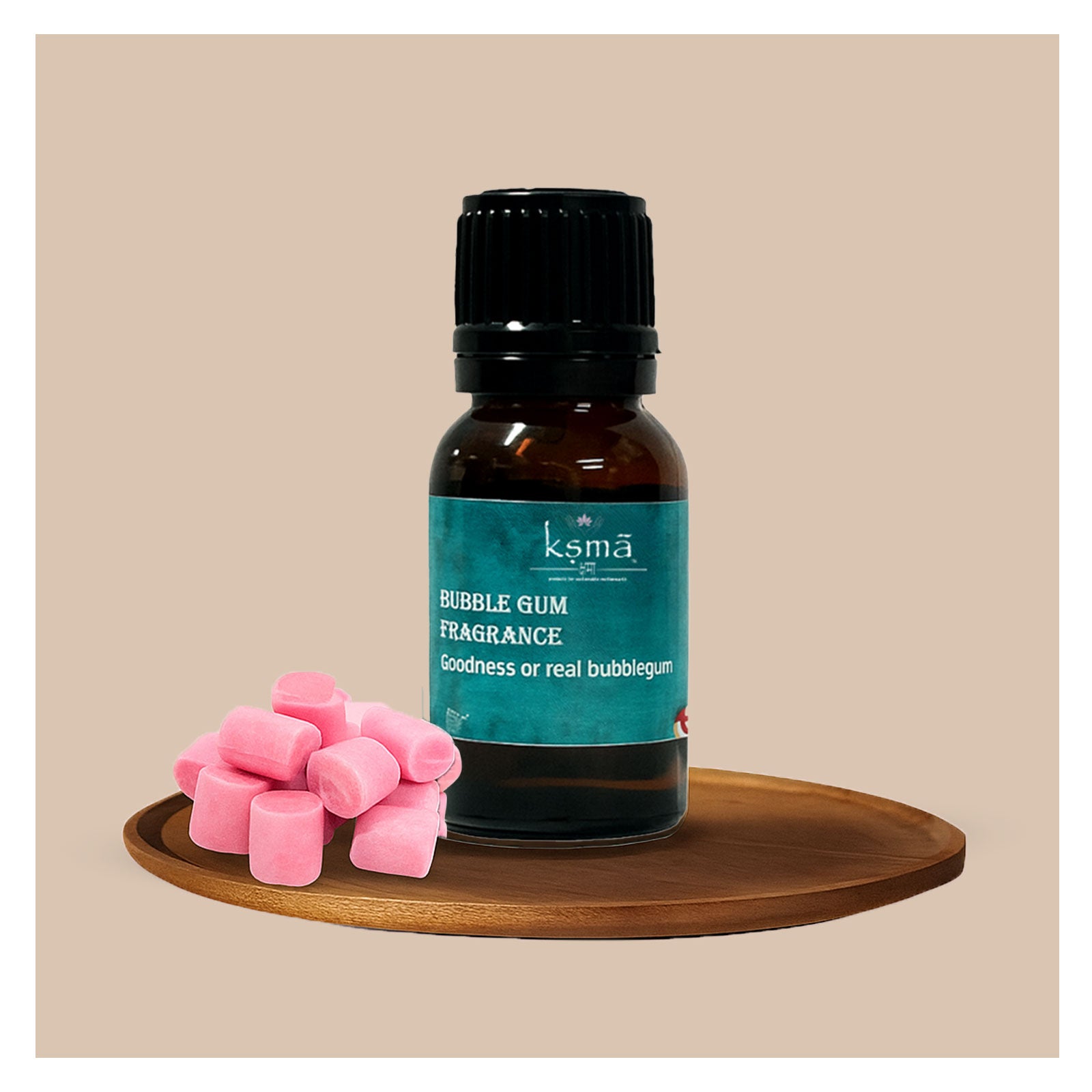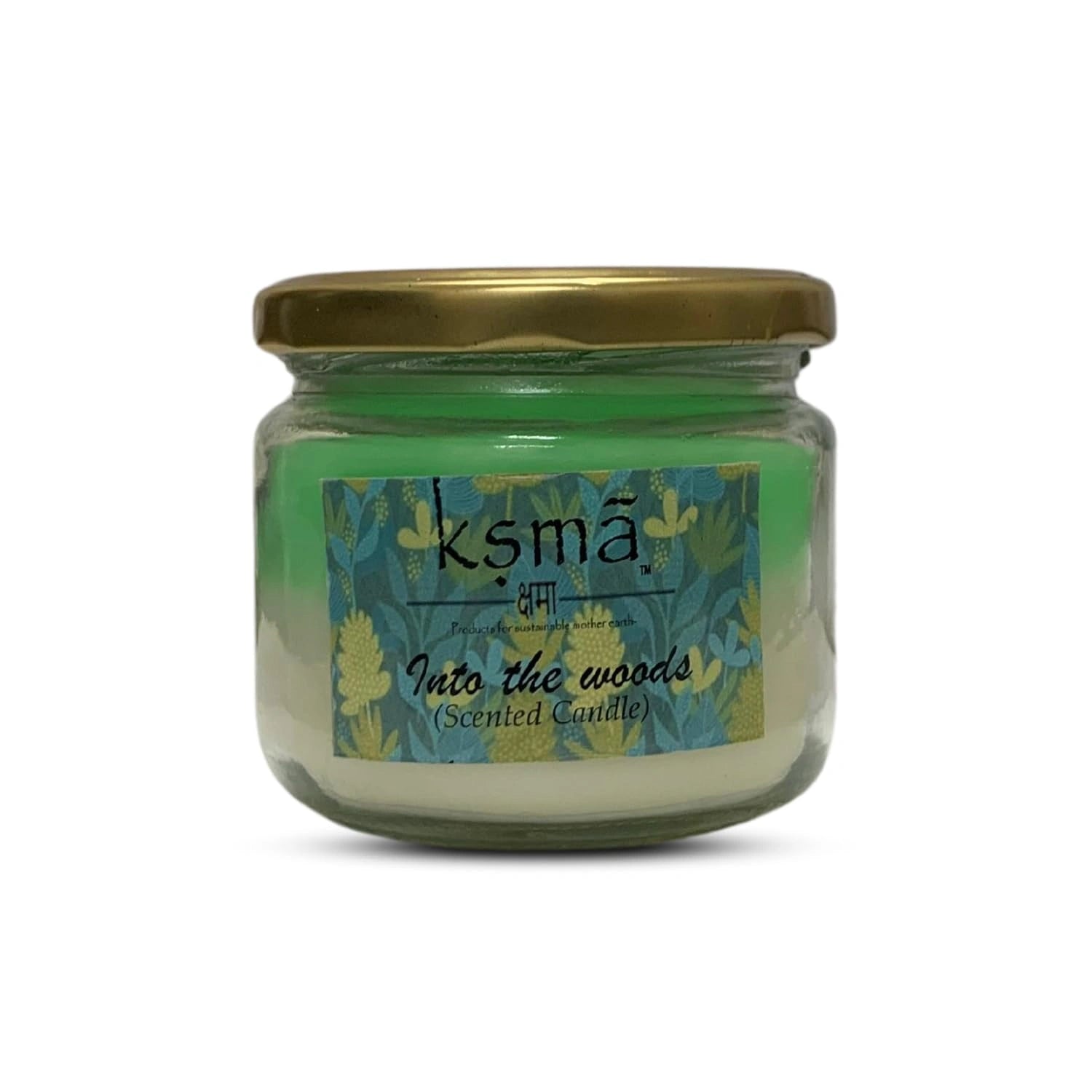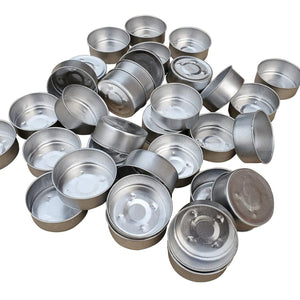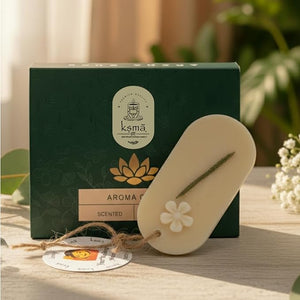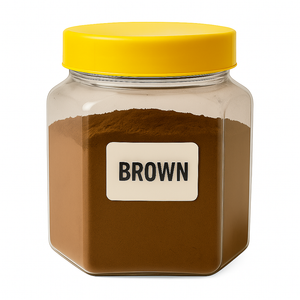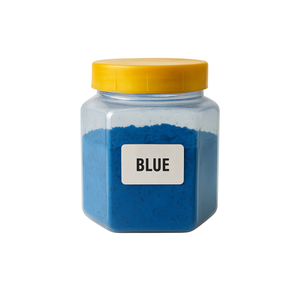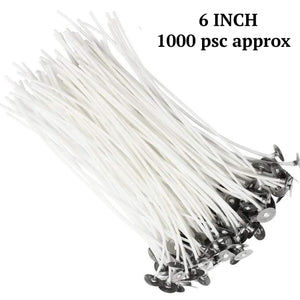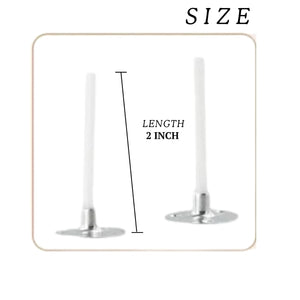
Shelf Life of Natural Ingredients: How to Store Oils, Butters, and Waxes
Proper storage of natural ingredients is essential for maintaining their quality, potency, and safety. Makers, small businesses, and DIY enthusiasts often wonder how to extend the life of their oils, butters, and waxes while keeping them eco-friendly. This guide will answer all your questions about carrier oils' shelf life, essential oils' shelf life, shea butter storage, and more.
What is the Shelf Life of Carrier Oils and Why Does it Matter?
The longevity of carrier oils depends on their variety and how they are stored. Carrier oils like jojoba, almond, coconut, and grapeseed are commonly used in skincare and cosmetics. Generally, unopened carrier oils can last 12–24 months, while opened oils should be used within 6–12 months. Exposure to heat, light, and air accelerates oxidation, which can make oils rancid. To extend their life, store carrier oils in dark glass bottles in a cool, dry place away from sunlight and humidity.
How Should You Store Essential Oils to Maintain Their Quality?
`Essential oils' shelf life depends on the type of oil and the extraction method. Citrus oils like lemon or orange have shorter lifespans (about 1–2 years), while woody oils like sandalwood or patchouli can last up to 5 years if stored correctly. Essential oils should always be stored in amber or cobalt glass bottles with tight caps to prevent evaporation and oxidation. Avoid plastic containers, as some oils can degrade plastics. Keep them away from heat and direct sunlight for maximum potency.
What Are the Best Practices for Shea Butter Storage?
Shea butter storage requires a cool, dry, and dark environment. Shea butter is a rich, natural fat prone to oxidation if exposed to heat or sunlight. Use ingredient storage containers made of glass or high-quality BPA-free plastic to prevent contamination. Make sure to always use a clean, dry spatula when scooping butter to avoid introducing bacteria or moisture. Refrigeration is optional but can extend shelf life for several months, especially in warmer climates.
How Do You Store Butters and Waxes Effectively?
Natural butters like cocoa butter, mango butter, and waxes like beeswax or soy wax require proper storage to remain stable. Keep them in airtight ingredient storage containers in a cool, dry area. Avoid temperature fluctuations to prevent melting and re-solidifying, which can change the texture. For longer storage, eco-friendly ingredient packaging is recommended, such as reusable glass jars or metal tins, to reduce waste and protect your products.
What Containers Are Best for Storing Oils, Butters, and Waxes?
Choosing the right ingredient storage containers is crucial for maintaining quality and preventing contamination. Glass containers, especially amber or cobalt bottles, are ideal for oils and essential oils because they block harmful UV rays. For butters and waxes, airtight glass or BPA-free plastic containers are perfect. Label each container with the ingredient name and date of purchase to manage inventory and use the “first in, first out” method.
How Can You Make Your Ingredient Storage Eco-Friendly?
Using eco-friendly ingredient storage methods helps both the environment and your products’ longevity. Reuse glass jars, opt for metal tins, and avoid single-use plastics. Keep ingredients in cool, dry conditions to reduce spoilage, which minimizes waste. S encourages makers to practice sustainable storage practices, combining natural preservation with environmentally conscious choices.
Frequently Asked Questions (FAQ)
1. How long can I keep carrier oils open?
Once opened, most carrier oils should be used within 6–12 months. Always store them in dark glass bottles away from sunlight to prevent oxidation.
2. Can essential oils go bad?
Yes, essential oils' shelf life varies. Citrus oils are more prone to degradation, while woody oils last longer. Proper storage in airtight, dark glass bottles preserves their scent and therapeutic properties.
3. Do I need to refrigerate shea butter?
Refrigeration is optional. Shea butter storage in a cool, dry place is usually sufficient. In warmer climates, refrigeration can help prevent melting and extend shelf life.
4. Are plastic containers safe for natural ingredients?
Some ingredients, especially essential oils, can react with plastic. It’s recommended to use ingredient storage containers made of glass or high-quality, BPA-free plastic.
5. How can I make my ingredient storage eco-friendly?
Reuse jars and tins, avoid single-use plastics, and store ingredients properly to minimize waste. Choosing sustainable containers aligns with eco-friendly practices.
Conclusion
Proper storage is vital for preserving the quality, safety, and longevity of carrier oils, essential oils, butters, and waxes. Using the right ingredient storage containers, maintaining the correct temperature, and adopting eco-friendly ingredient storage practices will ensure that your DIY skincare, candle, or cosmetic creations remain effective and safe. By following these tips, makers and DIY enthusiasts can reduce waste, protect their investment, and create high-quality natural products that last.
